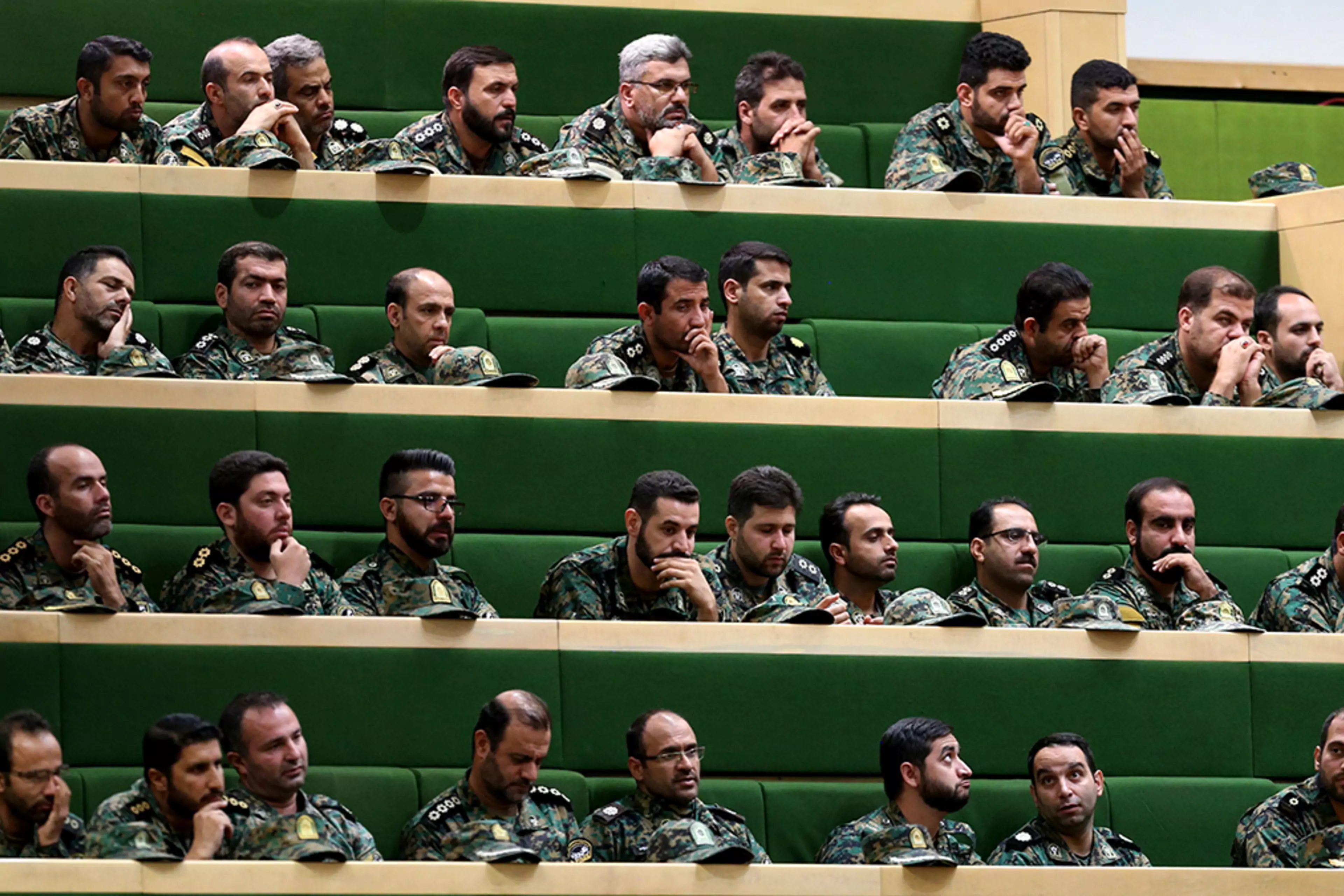Xi Jinping and Joe Biden. Getty Images© Getty Images
- Xi Jinping is in a struggle with China's military, purging senior commanders to reshape it.
- He wants generals ready and willing to go to war, analysts told Business Insider.
- A Chinese invasion somewhere like Taiwan could drag the US into a Third World War, one analyst said.
Xi Jinping is fighting with China's own military, seeking to purge commanders he sees as unwilling or unable to go to war, military analysts told Business Insider.
The Chinese leader is "trying to gain control of the military, and I think that he is thinking that he needs officers who are prepared to actually fight," said Gordon Chang, a senior fellow at the Gatestone Institute and author of "China Is Going to War."
"There is a sense that many of China's general officers don't want to fight," according to Chang. "And so we really have a force led by an officer corps that is ambivalent about going to war."
Since taking power in 2012, Xi has overhauled China's military by cutting deep into its personnel, seeking to improve military-civilian cooperation, and reshaping its structure, among other reforms.
His efforts reached a crescendo on December 29, 2023, when Xi dismissed nine senior officers in one stroke.
Since then, reports and US intelligence have suggested the decisions were to root out corruption — a motive often cited when Chinese officials are abruptly dismissed.
However, to Chang, this theory misses the point.
"Because if that were the case, all of them would be sacked," he said.



















